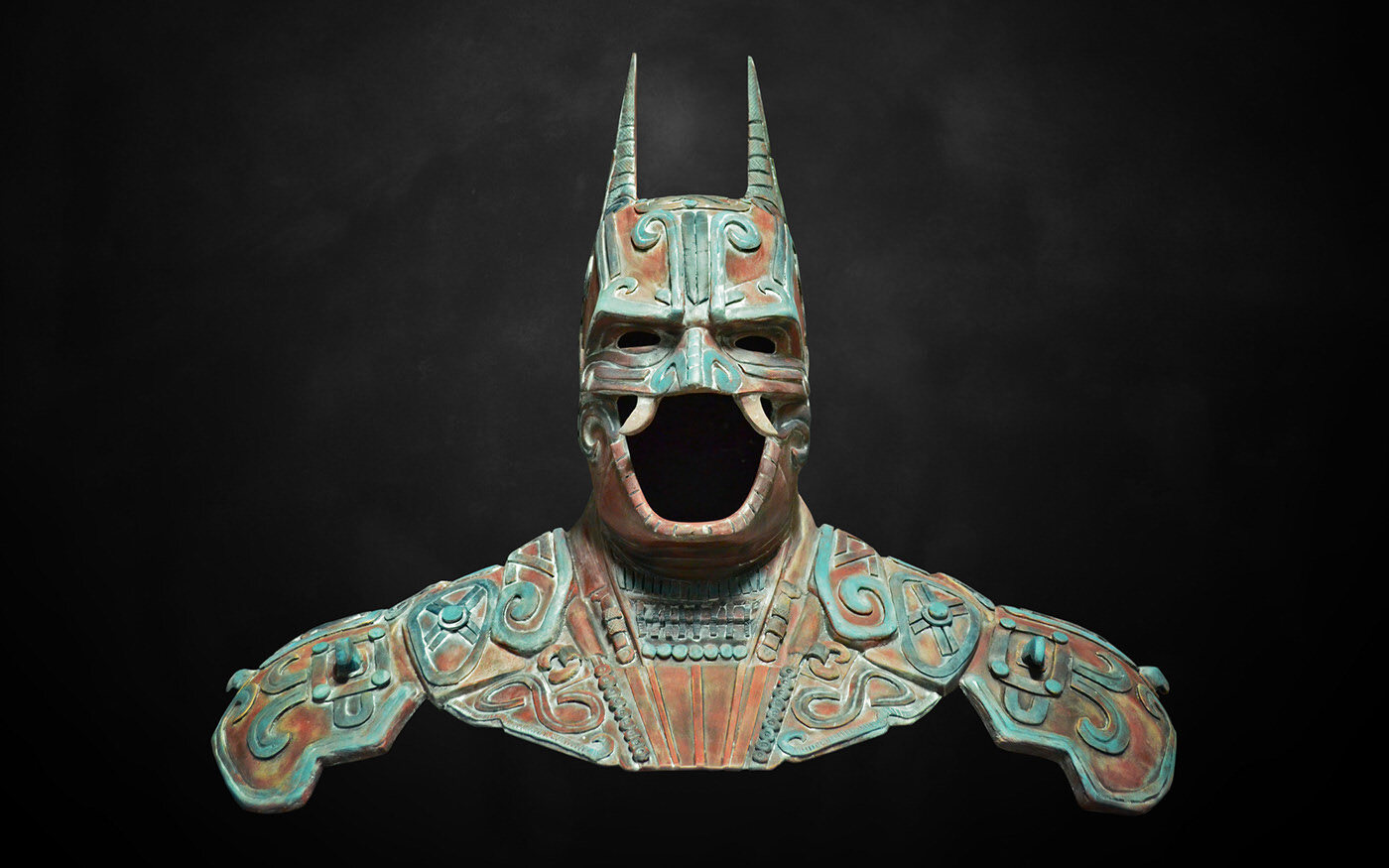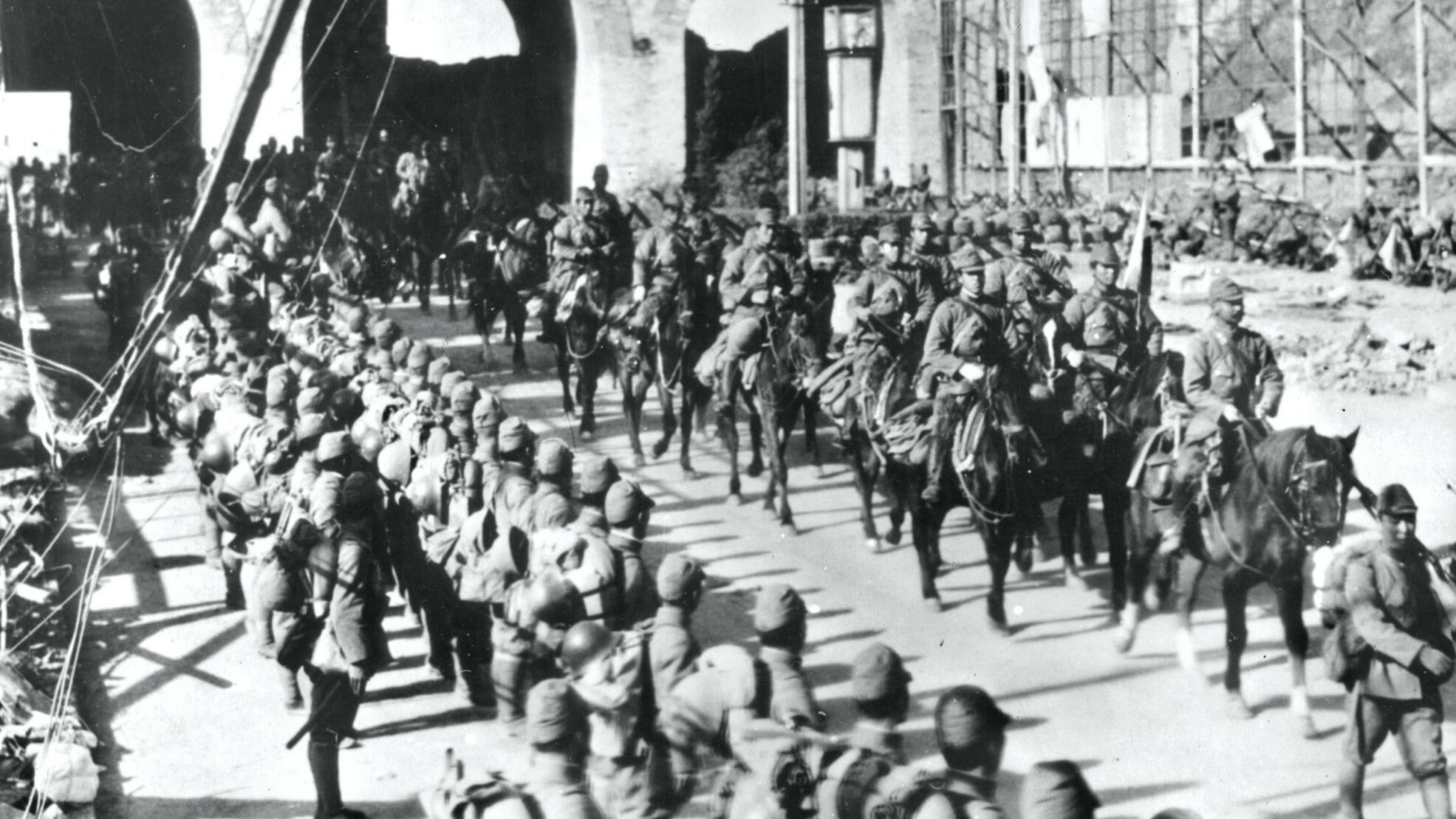
Who is Camazotz? Camazotz, known as the "death bat" in the K'iche' language, is a fascinating figure in Mesoamerican mythology, especially within the Maya civilization. His name combines "cama" (death) and "sotz" (bat), symbolizing his connection to night, death, and sacrifice. Originating from the Zapotec people around 100 AD, Camazotz's myth likely dates back even further. Often depicted as an anthropomorphized leaf-nosed bat, he embodies the fears and mysteries of the underworld. His story is vividly told in the Popol Vuh, where he encounters the Maya Hero Twins, Hunahpu and Xbalanque. Camazotz's legacy continues to influence modern culture, reflecting the enduring power of ancient myths.
Who is Camazotz?
Camazotz, a figure shrouded in mystery and fear, holds a significant place in Mesoamerican mythology. Known as the "death bat," this deity is deeply intertwined with themes of night, death, and sacrifice.
-
Name and Meaning: Camazotz comes from the K'iche' words "cama" meaning "death" and "sotz" meaning "bat." This name translates to "death bat," highlighting his dark and ominous nature.
-
Origins: The earliest mention of Camazotz dates back to around 100 AD in Zapotec texts from Oaxaca, Mexico. However, the myth likely originated much earlier, as the Zapotec people existed as far back as 700 BC.
-
Cultural Significance: Camazotz is a prominent figure in both Zapotec and K'iche' cultures. He represents night, death, and sacrifice, embodying the fears and mysteries associated with these elements.
Depictions and Associations
Camazotz's imagery and associations provide insight into his role and significance in Mesoamerican culture.
-
Depiction: Often depicted as an anthropomorphized leaf-nosed bat, Camazotz was likely modeled on a vampire bat or a larger bat species that inhabited Central American caves.
-
Association with Caves: Caves, seen as gateways to the underworld in Mesoamerican cultures, were home to bats. This connection likely influenced the development of Camazotz as a bat god.
-
Role in Mythology: In the Popol Vuh, a sacred K'iche' narrative, Camazotz is described as a colony of monster bats that encounter the Maya Hero Twins, Hunahpu and Xbalanque, during their trials in the underworld of Xibalba.
The Popol Vuh and Camazotz
The Popol Vuh, a cornerstone of Maya mythology, features Camazotz in a gripping tale involving the Hero Twins.
-
The Popol Vuh Story: The Hero Twins were forced to spend the night in the House of Bats (Zotzilaha). To protect themselves, they hid in their blowguns. When Hunahpu peeked out, Camazotz snatched off his head and carried it to the ball court to be used as a ball.
-
Hero Twins' Revenge: The Twins replaced Hunahpu's head with a gourd, deceiving the lords of Xibalba and achieving a cunning victory. This tale showcases their resilience and wit.
Rituals and Symbolism
Camazotz's influence extends to rituals and symbolic representations in Mesoamerican culture.
-
Sacrificial Rituals: Camazotz is linked to the origin of sacrificial rituals. In one myth, a humanoid bat messenger from the underworld brokered a deal between humanity and Lord Tohil, leading to the ritual of cutting open a person's breast in sacrifice.
-
Camazotz in Classic Maya Iconography: The leaf-nosed bat is often depicted as a person's nahual or way-spirit, bringing disease over an enemy. This bat spirit rarely appears in narrative contexts but is significant in iconography.
-
Camazotz as a Vampire God: Often referred to as a vampire god, Camazotz is believed to feed on blood and is depicted taking the heads of victims, including the Hero Twins.
Cultural Impact and Symbolism
Camazotz's mythology has left a lasting impact on Mesoamerican culture and beyond.
-
Cultural Impact: The fear and respect for Camazotz are evident in many depictions and stories passed down through generations.
-
Symbolism: Camazotz symbolizes the darker aspects of life, including death and sacrifice. His association with night and caves underscores the mysterious and often feared nature of these elements.
-
Historical Context: The decline of the Maya civilization by the 11th century CE did not diminish Camazotz's significance. His story continues to be told, reflecting the enduring power of Mesoamerican myths.
-
Etymology: The word Camazotz is formed from "kame" meaning "death" and "sotz'" meaning "bat," highlighting his dual nature as a symbol of death and a creature associated with bats.
Parallels in Other Cultures
Interestingly, Camazotz has parallels in other mythologies, showing the universal themes of bats and death.
-
Polynesian Equivalent: In Polynesian mythology, a similar bat goddess named Leutogi exists, highlighting the trans-cultural significance of bats as symbols of death and night.
-
Greek Mythological Parallels: The Minyades, three sisters in Greek mythology turned into bats and owls, share some parallels with Camazotz, reflecting broader cultural themes.
-
Nyctimene Mythology: Nyctimene, a figure from Greek mythology, also shares similarities with Camazotz, underscoring the universal fear and respect for bats.
Pre-Columbian Cultures and Camazotz
Camazotz's role in pre-Columbian cultures further emphasizes his importance.
-
Camazotz in Pre-Columbian Cultures: Initially, bats were seen as powerful creatures, spirits, or gods. The depiction of vampire bats as gods in Tajin pre-Columbian stone sculptures of Veracruz highlights the complex nature of bat mythology.
-
Zotzil uinic Origin Story: The Tzotzil Maya, an indigenous people of southern Mexico, have an origin story involving a stone bat. They called themselves "Zotzil uinic," or "batmen," reflecting their deep connection with these creatures.
-
Bat as Guardian of the Underworld: In Maya mythology, the bat is seen as the guardian of the underworld, emphasizing Camazotz's importance as a deity associated with death and night.
Camazotz in Rituals and Art
Camazotz's presence in rituals and art highlights his enduring legacy.
-
Hero Twins' Ballgame: The story of Hunahpu and Xbalanque's encounter with Camazotz is linked to the ballgame, where Hunahpu's head was used as a ball, highlighting the ritualistic aspects of Camazotz's role.
-
Camazotz as a Messenger: In one myth, Camazotz appears as a messenger from the underworld, brokering a deal between humanity and Lord Tohil, reflecting his complex nature.
-
Fire Origin Myth: The Popol Vuh details how mankind learned to create fire through a deal brokered by Camazotz, underscoring his role in shaping human practices.
-
Camazotz's Terrifying Appearance: Often depicted holding a sacrificial knife and a human heart or victim, Camazotz's terrifying appearance reflects his association with death and sacrifice.
-
Camazotz's Domain: Said to dwell in bloody caves and other dark places, Camazotz's domain underscores his connection to the underworld and his role as a guardian of the night.
-
Camazotz's Transformation: Some myths claim that during the day, Camazotz would turn into a stone statue, suggesting he could only move at night, reinforcing his nocturnal nature.
-
Camazotz in Pre-Columbian Codices: In pre-Columbian codices like the Codex Borgia, bats are depicted in human form or personality, involved in human sacrifice, highlighting Camazotz's role in rituals.
Modern Influence and Legacy
Despite the passage of time, Camazotz continues to captivate modern imagination.
-
Camazotz’s Impact on Modern Culture: His story has inspired various interpretations and adaptations, reflecting the enduring power of Mesoamerican myths in contemporary culture.
-
Camazotz’s Symbolic Role: Symbolizing the darker aspects of life, Camazotz's association with night and caves underscores the mysterious and often feared nature of these elements.
-
Camazotz’s Historical Context: His role in mythology reflects the complex and multifaceted nature of bat symbolism across different cultures.
-
Camazotz’s Depiction in Art: Often depicted as an anthropomorphic leaf-nosed bat, Camazotz's imagery reflects his association with vampire bats and his role as a fearsome deity.
-
Camazotz’s Role in Rituals: Playing a significant role in rituals involving sacrifice and the underworld, Camazotz's association with blood and death underscores his importance.
-
Camazotz’s Connection to Ancestors: The Tzotzil Maya origin story involving a stone bat reflects Camazotz’s connection to ancestors and his role as a guardian of the underworld.
-
Camazotz’s Enduring Legacy: His story continues to captivate modern imagination, reflecting the enduring power of myths in shaping cultural narratives and symbolism.
Camazotz: A Lasting Legacy
Camazotz, the ancient Maya bat god, embodies the fears and mysteries of death, night, and sacrifice. His story, rooted in Mesoamerican mythology, has left a lasting impact on culture and continues to captivate modern imagination. From his terrifying appearance to his role in sacrificial rituals, Camazotz symbolizes the darker aspects of life. The tales of the Hero Twins and their encounters with Camazotz highlight the cunning and resilience of Maya mythology. Despite the decline of the Maya civilization, the legacy of Camazotz endures, reflecting the profound influence of these ancient myths. His depiction as an anthropomorphic bat god and his association with caves and the underworld underscore his significance. Camazotz's story, rich with symbolism and cultural significance, remains a powerful testament to the enduring power of Mesoamerican myths.
Was this page helpful?
Our commitment to delivering trustworthy and engaging content is at the heart of what we do. Each fact on our site is contributed by real users like you, bringing a wealth of diverse insights and information. To ensure the highest standards of accuracy and reliability, our dedicated editors meticulously review each submission. This process guarantees that the facts we share are not only fascinating but also credible. Trust in our commitment to quality and authenticity as you explore and learn with us.


